Archive | Transport RSS feed for this section
Environment, Transport
 Gender, Social development and protection, Transport
Gender, Social development and protection, Transport
 Transport, Uncategorized, Urban development
Transport, Uncategorized, Urban development
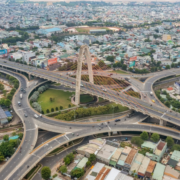 Transport
Transport
 Climate change, Energy, Environment, Transport
Climate change, Energy, Environment, Transport
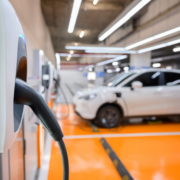 Governance and public sector management, Private sector development, Transport
Governance and public sector management, Private sector development, Transport
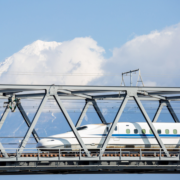 Industry and trade, Transport
Industry and trade, Transport
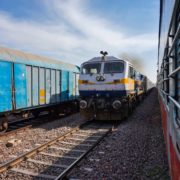 Energy, Environment, Governance and public sector management, Transport
Energy, Environment, Governance and public sector management, Transport
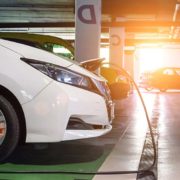 Economics, Infrastructure, Social development and protection, Transport
Economics, Infrastructure, Social development and protection, Transport
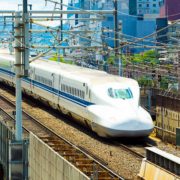 Economics, Industry and trade, Subjects, Transport
Economics, Industry and trade, Subjects, Transport
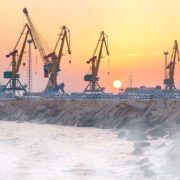
Navigating Linear Transport Infrastructure Through Conservation Landscapes

Transport infrastructure such as roads and railways facilitates connectivity and growth but also fragments habitats, disrupts wildlife movement, and threatens biodiversity.
Silent Struggles: Advancing Women’s Mobility with Public Transportation in Asia

Find out what is holding women back from using public transport in Asia and how can governments break down these barriers.
Calling for Quality Infrastructure—Why and How?

Quality infrastructure, backed by strategic planning and innovative financing, can transform developing countries by driving sustainable growth, resilience, and economic potential while addressing global challenges like climate change and funding gaps.
Facilitating high-speed rail knowledge transfer between Japan and India

High-speed rail training programs can be improved by understanding the differences in education and training styles between countries.
Can electric vehicles lead the way to a sustainable future?

Electric vehicles have increased through rapid efforts by governments to encourage environmentally friendly vehicles in the transportation sector.
Asian lessons for reviving infrastructure investment as a driver of resilient development

In the post-pandemic era, the need for a timely rebound in infrastructure development is more urgent than ever.
Rail routes offer boost to India–Bangladesh cross-border trade

The limited operation of land ports during the pandemic has increased demand for the transport of goods through railways.
The next steps for meeting nationally determined contributions after COP26

Reductions in emissions of carbon dioxide and other greenhouse gases (GHG) must be achieved in the coming decades to avoid catastrophic global temperature rises. Limiting global warming to within 1.5°C will require rapid, far-reaching, and unprecedented changes in all sectors. GHG emissions in Asia and the Pacific now account for over 50% of the world’s total.
Balancing the Spillover Effects of High-Speed Rail Infrastructure Investment in Asia

Comprehensive infrastructure projects have proven to be efficient in reducing poverty, community burdens, and production costs and raising competitiveness within and between regions. However, investment in specific forms of infrastructure can help balance the trade-offs between huge infrastructure demand and scarce financial resources, especially in developing countries.
Infrastructure investment key to unlocking emerging Asia-Europe trade corridor

Spanning from the People’s Republic of China through Central Asian countries along the Caspian Sea to Europe, the Trans-Caspian Corridor is an increasingly important channel for transportation and cross-border trade. Considerable financing gaps and other challenges must be addressed to meet its rapidly expanding infrastructure needs.


Search
Subscribe / Connect to Asia Pathways
Subjects
- Accelerating Progress in Gender Equality
- Addressing Remaining Poverty and Reducing Inequality
- Agriculture and natural resources
- Capacity development
- Climate change
- Economics
- Education
- Energy
- Environment
- Finance and Innovation
- Finance sector development
- Gender
- Globalization and Economic Stability
- Governance and public sector management
- Health
- Human Capital Development for Inclusive Growth and Shared Prosperity
- Industry and trade
- Information and Communications Technology
- Infrastructure
- Making Cities More Livable
- Miscellaneous
- Population
- Poverty
- Private sector development
- Regional cooperation and integration
- Sanitation
- Social development and protection
- Strengthening Governance and Institutional Capacity
- Subjects
- Transport
- Uncategorized
- Urban development
- Video Blog
- Water
Recent Posts
- The Promise and Perils of Mother Tongue-Based Education
- From Crisis to Resilience: The Evolution of the Banking Sector in Asia and the Pacific
- Tariffs on the Table: What Could Be Asia’s Next Move?
- Investing in Childcare a Win for Women and the Economy
- Flush and Flourish: Upgraded Toilets Can Transform Lives in Rural Asia




Recent Comments